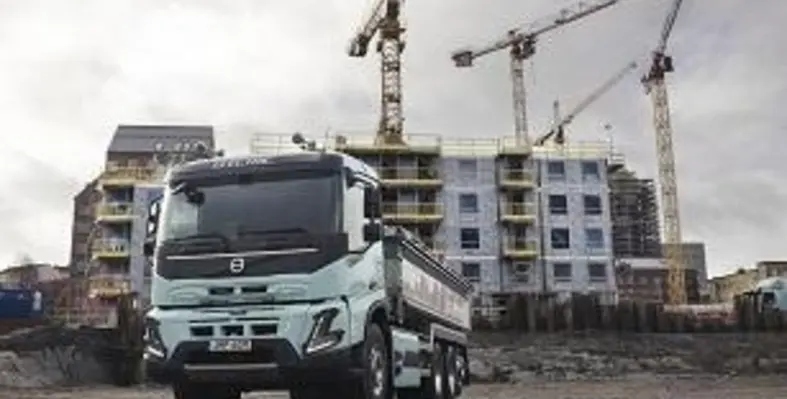Volvo Trucks, a global truck manufacturer with a full range of electric trucks in series production, has expanded its range with the launch of several extra-heavy electric trucks
The company’s target is that half of its global total truck sales will be electric by 2030 at the latest and this latest addition of rigid trucks further strengthens Volvo’s position as a leader in electric truck transport.
Waldemar Christensen, MD of Volvo Trucks South Africa, commented, “Already producing the most complete electric line up in the global truck industry, we are now expanding our offering with the introduction of rigid versions of its extra heavy electric trucks: the Volvo FH, Volvo FM and Volvo FMX. This makes it even easier for transport companies to make the move to electric vehicles in urban and regional areas.”
The new extra-heavy rigid trucks can be designed to carry electric superstructures for a wide range of specialised transport assignments, including goods distribution, refuse collection and construction work. Production of the new rigid variants will begin in the first quarter of 2023.
“With these new, electric trucks we are making it easier than ever for even more South African customers to go electric. Fleets can have these trucks custom-built for their specific operation, to cut emissions while getting the same functionality as the diesel truck they are using today,” explained Christensen. “Our customers are already ordering electric vehicles that will suit their specific business needs, with the first local deliveries expected during the first quarter of 2023.
“These trucks can handle all kinds of transports, from lighter to heavy loads. Customers can choose the exact battery capacity they need for their assignments, and by not carrying more batteries onboard than needed, the payload can increase. In short, we have the optimal and most cost-efficient electric transport solution, no matter what the task is.”






